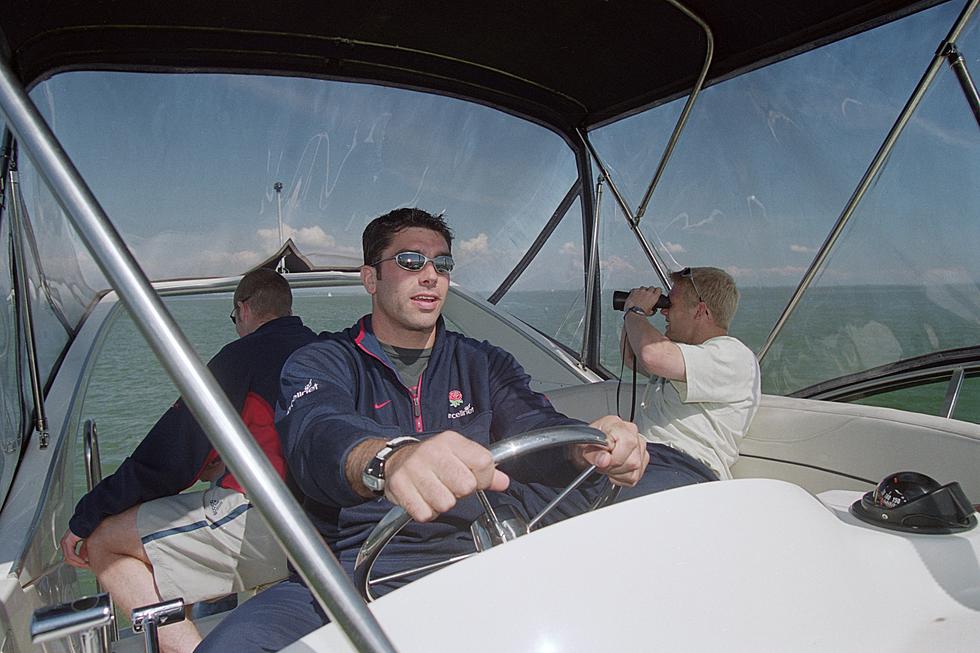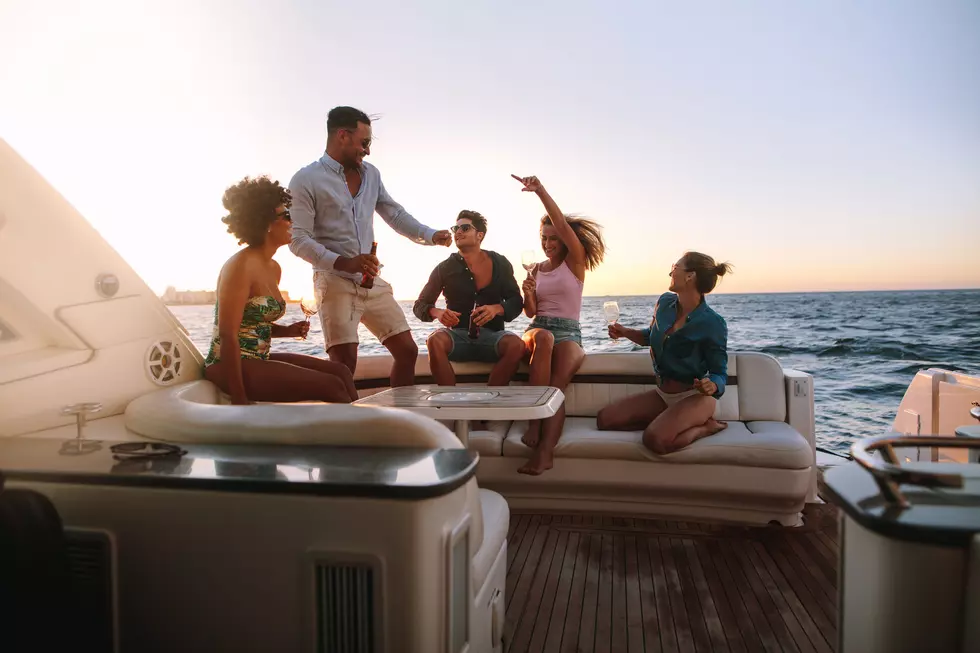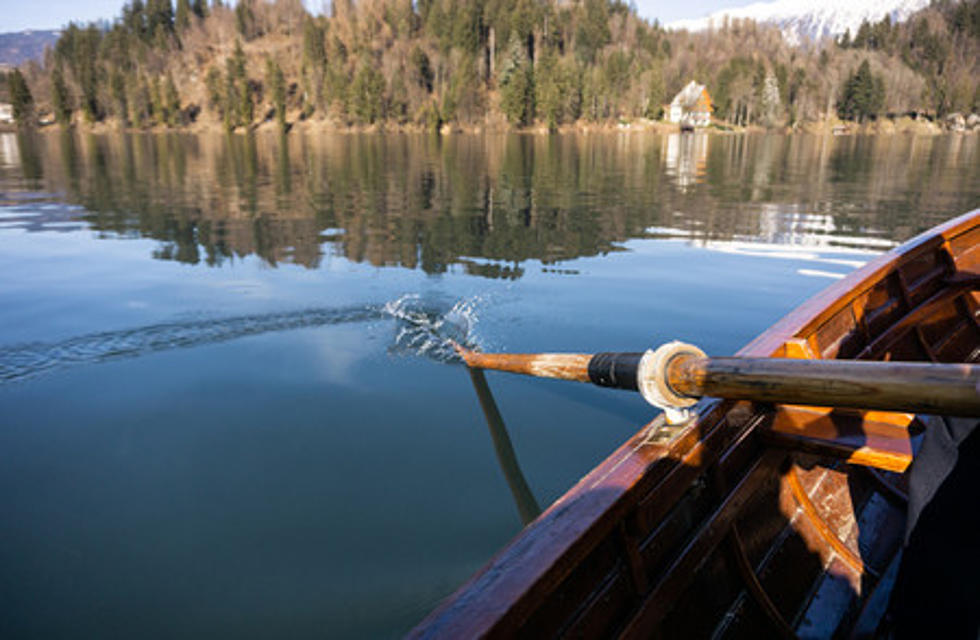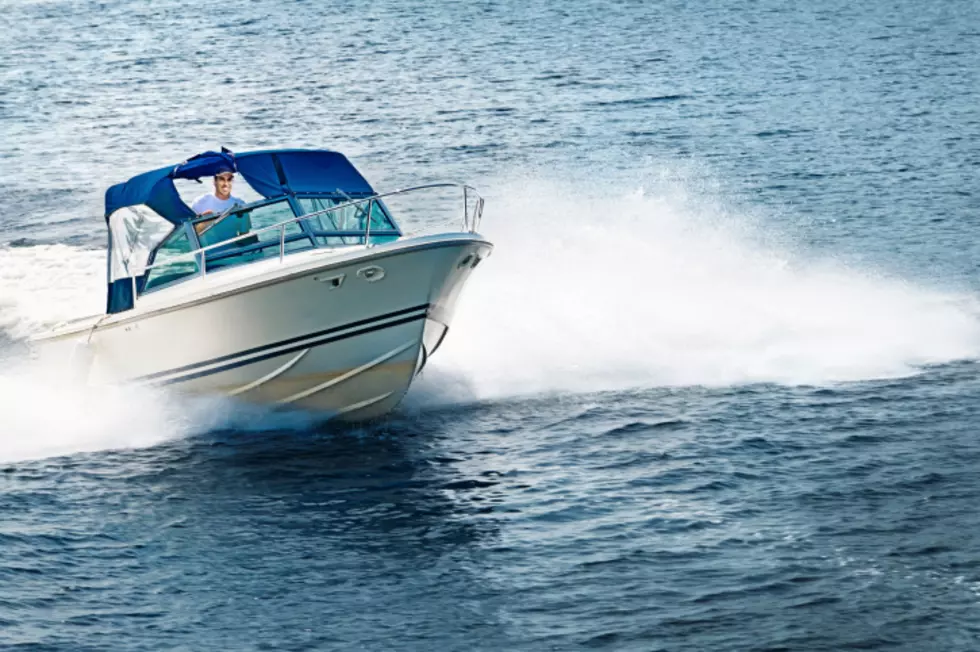
Minnesota’s Declining Water Levels Affecting Boat Launches and Retrievals
Boat owners across the Northland have likely encountered low water levels recently in certain areas which can wreak havoc on the boat launch and retrieval processes. This is especially true south of the Twin Ports area.
According to the Minnesota Department of Natural Resources, low water levels in much of the southern third of Minnesota are a direct result of below-average rainfall in June and July, which has made boat launching and retrieval a challenge at many lakes and rivers within that area.
This is because when water levels decline, less of the boat ramp is underwater, which reduces the length of the ramp available for a successful launch. As a result, there is a greater chance of backing a trailer past the end of the ramp when launching. That obviously causes big problem. Ramps can be extended in some places to reduce this risk, but this is not effective where shallow water persists well beyond the boat ramp.

This summer I had one unnerving experience where it felt like I was needing to back up my truck about half way into the lake just to get my boat launched.
The DNR adds that another low-water hazard to consider is the possibility of a prop-wash hole at the end of a boat ramp. Prop-wash holes are caused by power loading, which happens when boat operators use the motor to load the watercraft onto the trailer instead of cranking the boat onto the trailer with the winch.
Not only does this practice damage your boat, motor and trailer, it also damages the launch ramp and lake bed. The motor makes a hole in the sand and gravel at the end of the boat ramp and other boaters can back their trailer right into it.
“It’s difficult to get a trailer unstuck from a prop-wash hole,” said Nancy Stewart, DNR water recreation consultant. "Also, in the area past the hole, there is often a mound of sand or rock deposited by power loading. Boats can run aground on this material and not be able to get to deep water.”
To successfully launch boats in low water conditions, the DNR offers the following tips:
- Check the ramp, especially the firmness of the gravel at the end of the concrete ramp and the water depth.
- Use smaller watercraft or a different waterbody if the ramp you normally use is too shallow.
- Expect delays at public access sites and be patient with boaters who are having difficulty launching.
- Watch for obstructions in the water near the access, like large boulders or tree stumps.
- Always check the end of the ramp for power loading holes and mounds before launching, especially in low water level conditions. You may not be able to see holes from the surface of the water.
Also, all boaters are strongly avoid power loading at all times regardless of water levels.
27 City Park Spaces In Duluth + Superior To Spend Time Near The Water

LOOK: Here are the 50 best beach towns in America
More From KRFO-FM









